In the first part I talked about the critique of contemporary sculptures, my goal is to be balanced, obviously in a world with hundreds of thousands of artists in progress in contemporary terrain it is easy to hurt sensibilities, however as I explained in the first publication the idea is to take advantage of the historical and transcendental field of creation as a cultural fact inherent to all cultures.
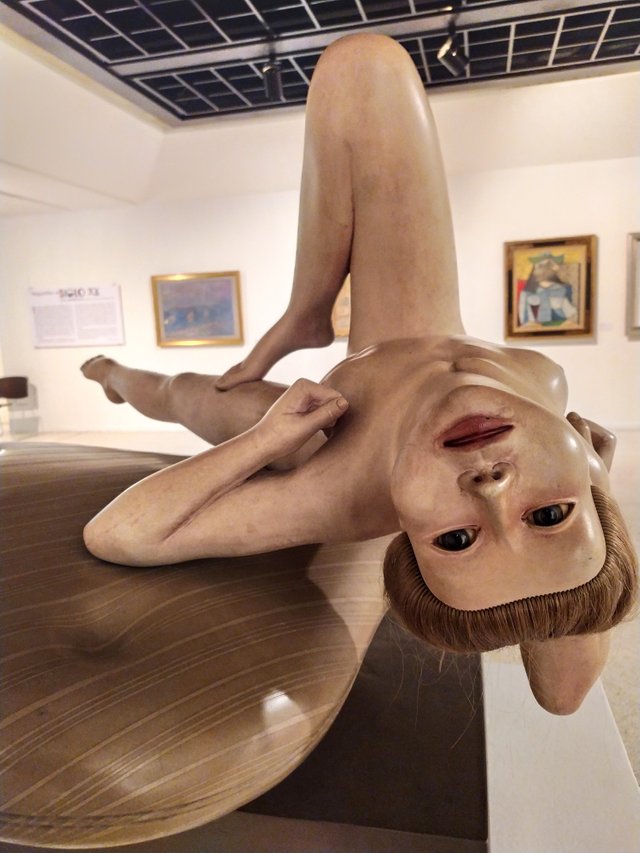
Some of the advantages of using materials from the industrial era is to lower the price of any work. Imagine using a 1500 kilogram block of marble that should cost about $20,000 if we add to that the cost of transportation and what an artist can charge including labor, plus what is quoted after the work is created can cost at least 50k USD which made a work of this size extremely expensive.
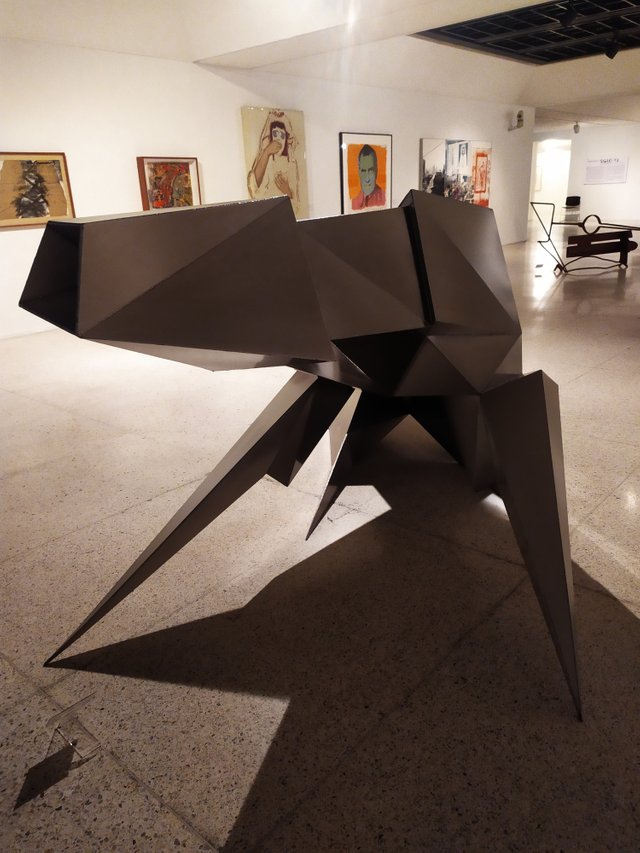
Now the problem is that the materials are cheap and the sculpture became something simple and that many times the same sculptor is not involved in the creation and the finished work and put on the art market can cost millions of dollars as is the case of the work of lberto Giacometti: "L'homme au doigt" whose sculpture was sold at auction for the amount of 140 million dollars this really is absurd for a sculpture which has 3 copies.
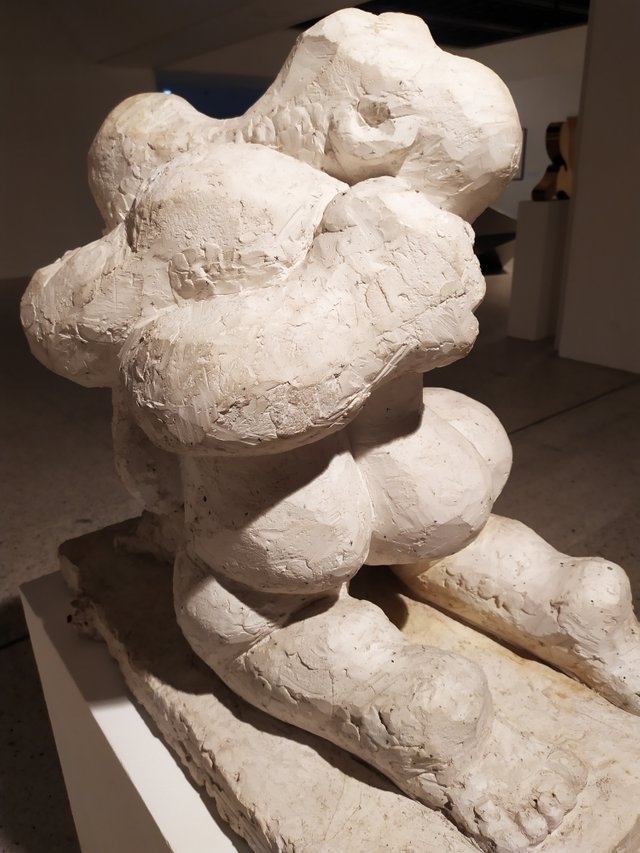
These are the errors I submit to the critics, how is it possible that a sculpture costs so much? The answer is simple, gallery owners and curators are connected all over the world and are the main art speculators, it is easy as a curator and gallery owner to put a bizarre amount of money on it that they will then discuss with a select group of wealthy people who will stupidly buy a work for millions of dollars.
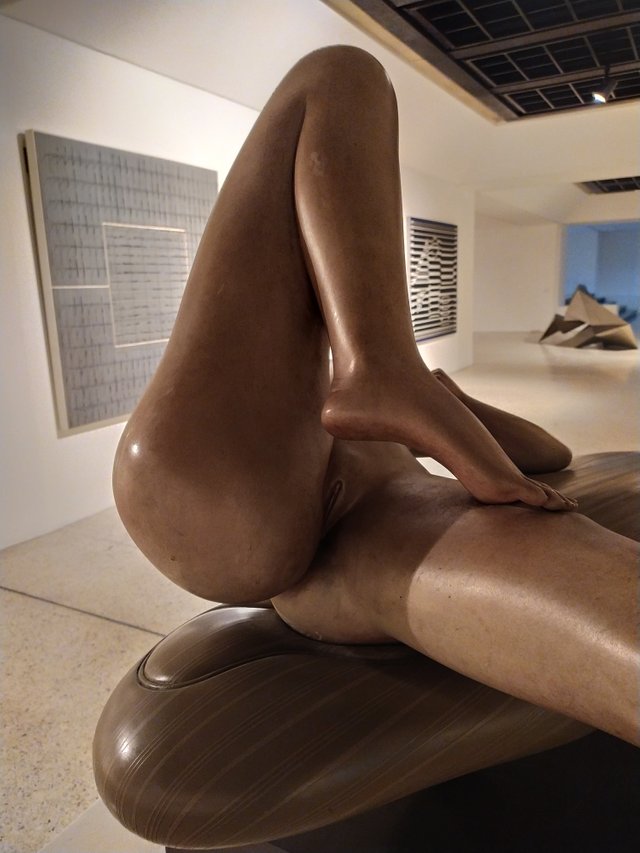
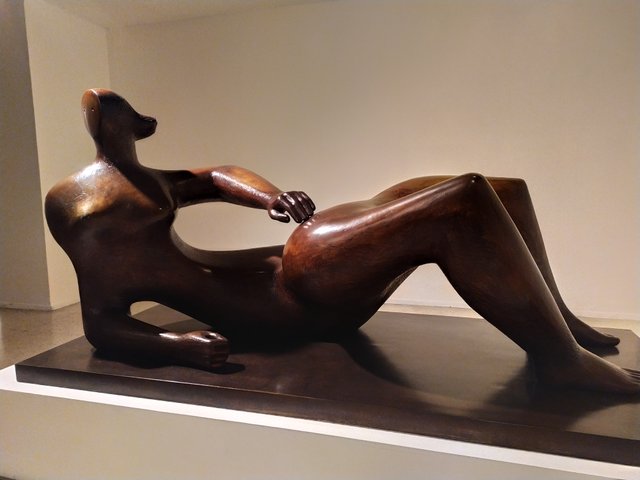
When this type of business arises, it discredits and overvalues works that in judgment do not represent the suggested value, no matter how much effort an artist puts into creating a work, it does not make sense that it costs a large amount of money. And this is something that has developed mainly in Europe, and as the world has more millionaires than before and those millionaires need to position themselves not only with the amount of their fortune but also add properties of all kinds including works of art, an attractive way to fit into a world of fantasy, empty and banal.
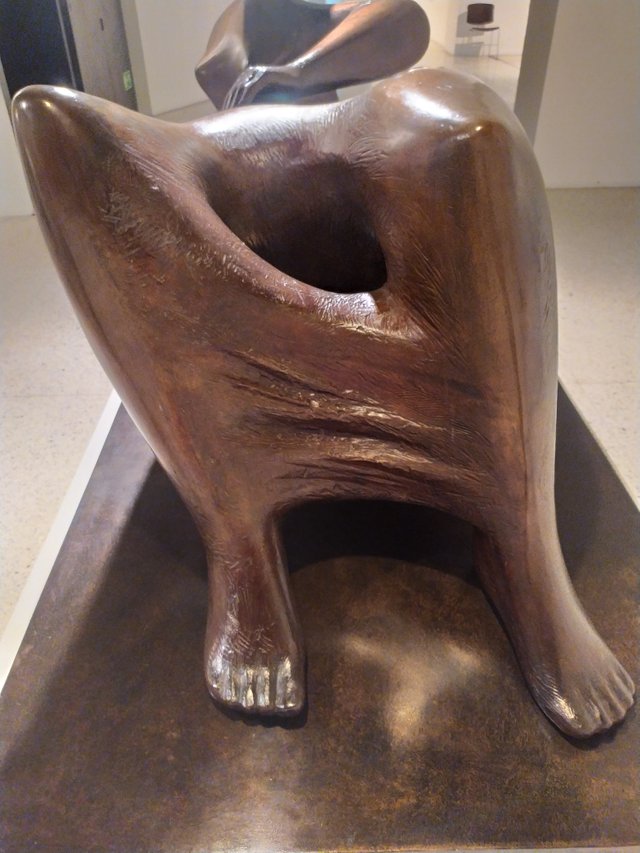
The end result is works that are overvalued and discredit the artists who if they dedicate time and research to develop their works that in the end cost nothing at all because of a rigged system that sells pseudo-art, this is the root problem of contemporary art that can make any ridiculousness add a postulate that sometimes are books and thus sustain the value of a work of art.
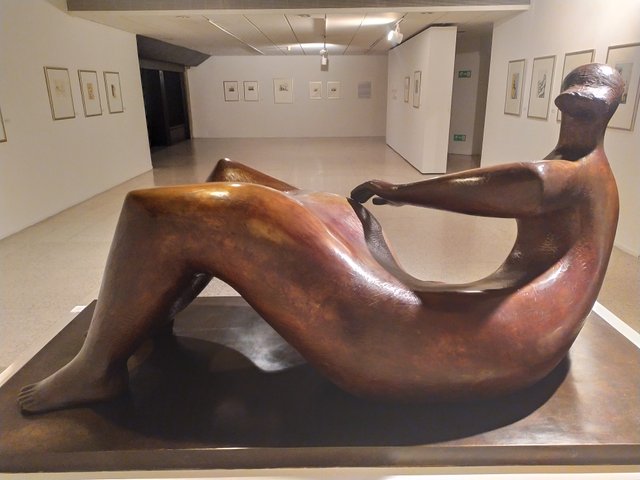
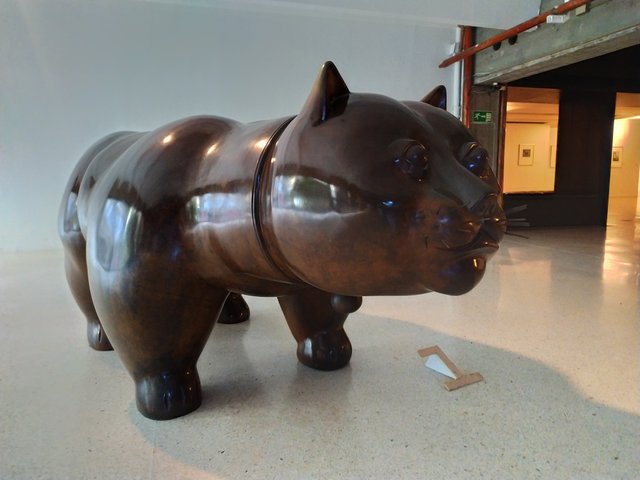
That's why I think this period is one of the most damaging in the history of art, besides it has meant an advance that is all over the world and even in university chairs preparing students to waste their time thinking about making works are senses that can cost millions of dollars.
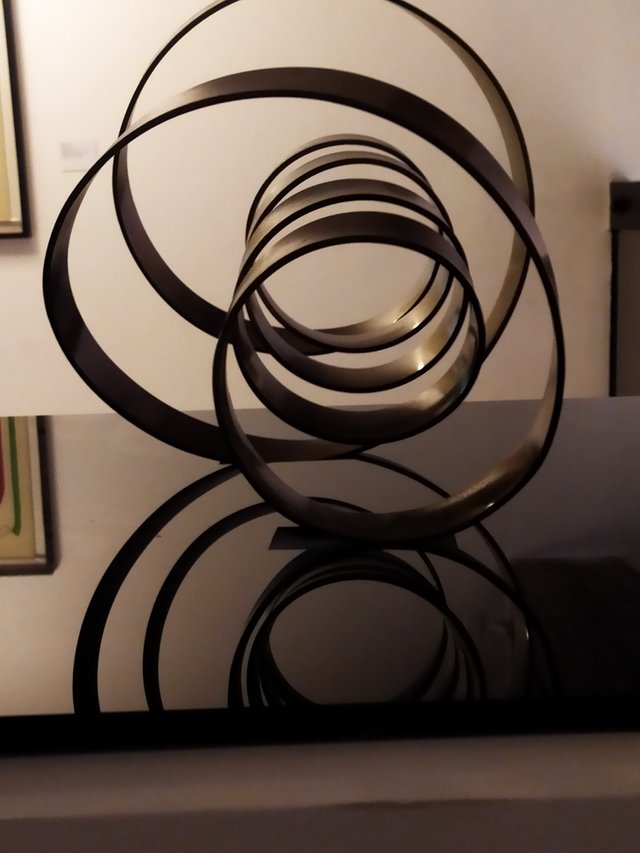
To read all about this project and find out how you can support it, visit it at Fundition.io by simply clicking on the link: Puppets in the community PROJECT and be sure to check out steemit's profile @arrozymangophoto
Thanks for reading
Special recognition:
@r2cornell
@mariusfebruary
You can also support this project with your delegation
Posted via neoxian.city | The City of Neoxian
This post has been manually curated by The PhotoStream team: The Photography Tribe!
Downvoting a post can decrease pending rewards and make it less visible. Common reasons:
Submit
You raise a very interesting aspect, namely the valuation of a piece of art. I am a simple art lover and a complete amateur at that. The article puts the value of an art piece in relation to the effort of creation. For me, in art the price has never really been related to effort of production. In the most rewarding case (for the artist) it is related to the joy it evokes in the buyer. Those super-high prices are probably just related to the expected price appreciation and potential for a capital gain. What is easier: Buying one piece of art for $ 10 million and sell it for 20 million $, or, to buy 100 pieces for $ 100'000 each and then sell them at for $ 200'000?
Downvoting a post can decrease pending rewards and make it less visible. Common reasons:
Submit
Hello @mariusfebruary is certainly a topic for discussion and so I am opening the space I agreed on for this type of topic.
I think that the way of curating and proposing art in the galleries should be restructured, an emerging movement against the warnings imposed by privileged sectors that make the works are overvalued overshadowing the talent of incredible artists, right here in steemit we can find many interesting artists who decided to give value to their artistic products through a social network that has the capacity to value with a token x work of art. This is a good start!
Obviously it will be much more profitable to buy a work at $10 million than to buy a series for less and double its price to make a profit.
Thank you very much for reading and taking the time to appreciate this humble contribution to the general foundations of art.
Downvoting a post can decrease pending rewards and make it less visible. Common reasons:
Submit
Congratulations, your post has been upvoted by @dsc-r2cornell, which is the curating account for @R2cornell's Discord Community.
Downvoting a post can decrease pending rewards and make it less visible. Common reasons:
Submit